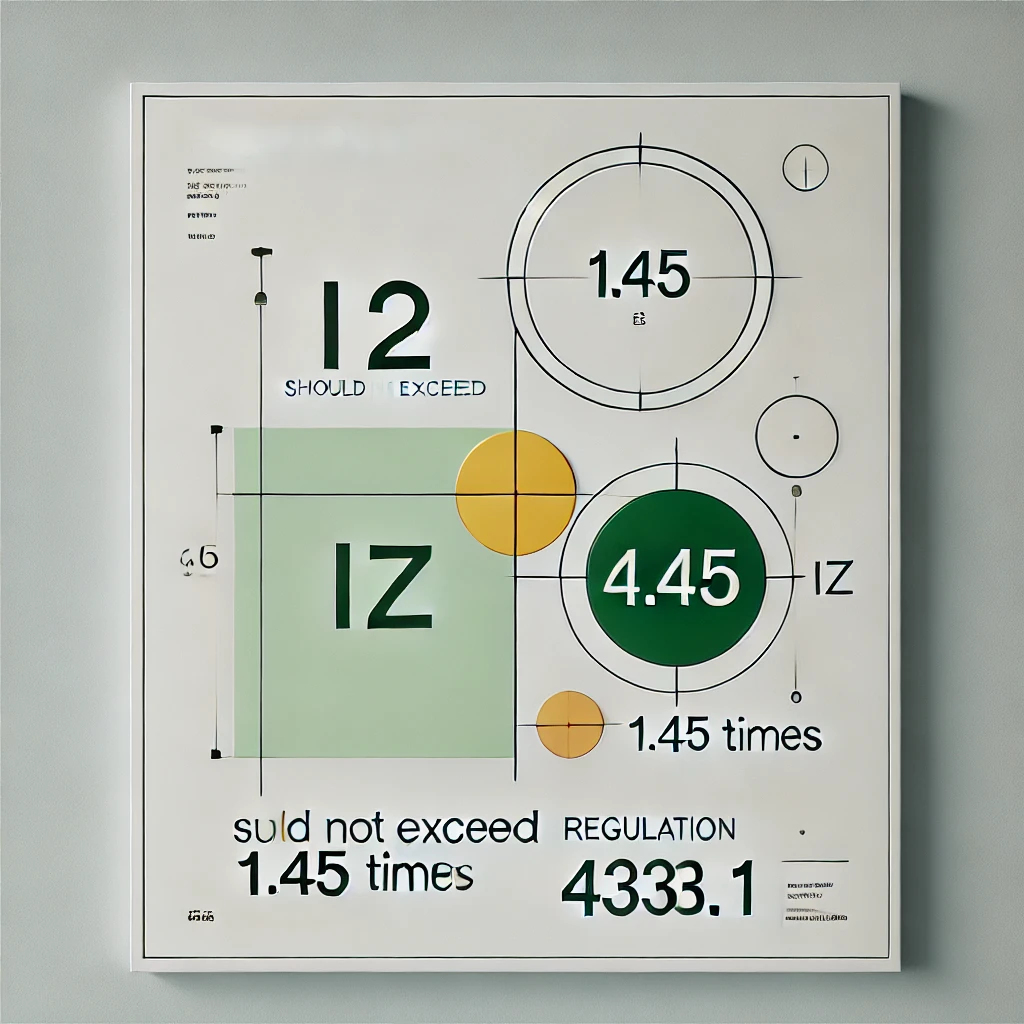Understanding the Coordination Between Conductor and Overload Protective Device
Regulation 433.1.1 of BS 7671 outlines the coordination between a conductor and its overload protective device, specifying conditions to prevent long-duration overloads. Let's delve into the specifics of this regulation.

OW London Electrician and Home Automation Engineers Team
Understanding the Coordination Between Conductor and Overload Protective Device According to BS 7671 Regulation 433.1
In the realm of electrical installations, ensuring the safety and reliability of circuits is paramount. BS 7671, often referred to as the IET Wiring Regulations, provides comprehensive guidelines to achieve this. One crucial aspect covered in these regulations is the coordination between conductors and their associated overload protective devices. Regulation 433.1 specifically addresses this coordination, detailing the conditions that must be met to prevent long-duration overloads.
Key Conditions Outlined in Regulation 433.1.1
Regulation 433.1.1 specifies the operating characteristics of a protective device intended to safeguard a conductor against overload. The conditions are as follows:
- Design Current Compliance (Clause i): The rated current or current setting of the protective device I_n should not be less than the design current I_b of the circuit.
- Current-Carrying Capacity Compliance (Clause ii): The rated current or current setting of the protective device I_n must not exceed the lowest of the current-carrying capacities I_z of any of the conductors in the circuit.
- Effective Operation Compliance (Clause iii): The current I_2, which causes the effective operation of the protective device, should not exceed 1.45 times the lowest of the current-carrying capacities I_z of any of the conductors in the circuit.
Importance of Current I_2 and the 1.45 Factor
Current I_2: This is the current that ensures the protective device operates effectively to prevent overload conditions. It is crucial for maintaining the safety and integrity of the electrical installation.
The 1.45 Factor: The regulation specifies that I_2 should not exceed 1.45 times the lowest current-carrying capacity I_z of the conductors. This factor introduces a safety margin that prevents conductors from overheating, ensuring they remain within their thermal limits during overload conditions. By operating at 1.45 times I_z, the protective device ensures that the conductor does not reach a critical temperature that could lead to insulation damage or other safety hazards.
Practical Implications
For adjustable protective devices, the rated current I_n is the current setting selected. The current I_2 causing effective operation of the protective device is provided in the product standard or may be specified by the manufacturer.
Understanding these requirements is essential for electrical engineers and installation professionals to design circuits that are both efficient and safe. Adherence to these guidelines helps in preventing potential electrical fires and ensuring long-term reliability of the electrical system.
Frequently Asked Questions
Q: What is the significance of the current I_2 in the context of BS 7671?
A: The current I_2 is significant because it represents the current that causes effective operation of the protective device. According to Regulation 433.1.1(iii), I_2 should not exceed 1.45 times the lowest of the current-carrying capacities I_z of any conductors in the circuit.
Q: Why is the factor 1.45 used in determining the current I_2?
A: The factor 1.45 is used to ensure a safety margin that prevents overheating and potential damage to conductors. It helps in maintaining the thermal stability of the conductors by ensuring that the overload protective device operates before the conductor reaches a critical temperature.
By adhering to Regulation 433.1, electrical professionals can design and install circuits that are not only compliant with BS 7671 but also optimized for safety and efficiency.
What users Saying
Discover what our customers think about our services. Their feedback reflects our commitment to delivering exceptional service and expert solutions for all electrical and security needs.

